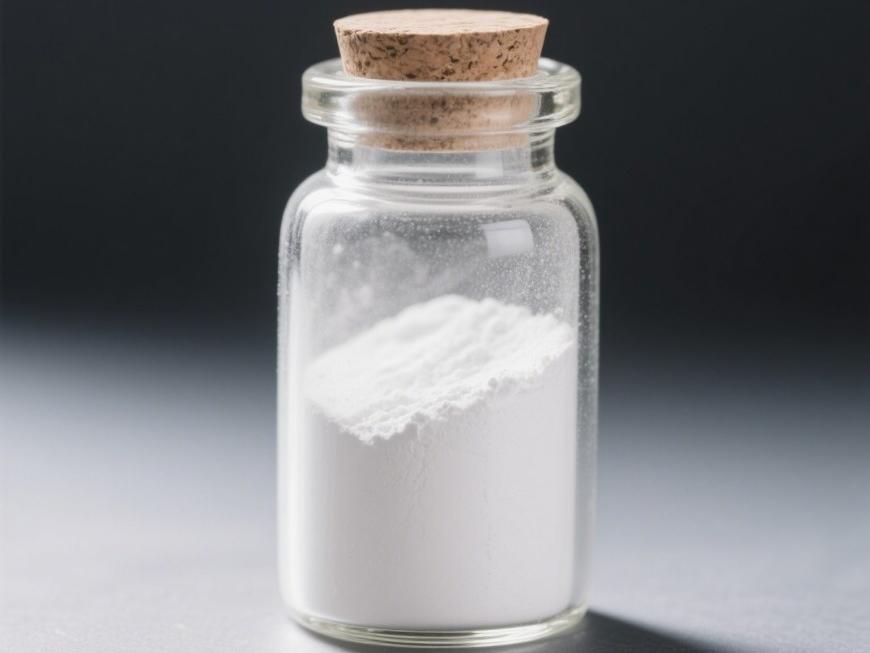Green Spring Technology Supplies Safe, Compliant Hyaluronic Acid Powder to Support Your Product Formulation
ヒアルロン酸(HA), also known as hyaluronan, is a naturally occurring polysaccharide. Its molecules are composed of alternating units of D-glucuronic acid and N-acetylglucosamine linked by glycosidic bonds. It possesses excellent hydrophilicity and viscoelasticity, enabling it to bind with water to form solutions exhibiting unique rheological properties.
As a component of the extracellular matrix, hyaluronic acid is widely distributed throughout living organisms, being particularly abundant in skin and connective tissue. It exhibits not only excellent biocompatibility and stability but also characteristics such as low immunogenicity and high viscoelasticity, thereby possessing broad application potential across multiple fields.
Currently, hyaluronic acid 粉 finds application across multiple industries including pharmaceutical excipients, surgical aids, ophthalmic care, functional foods, and health supplements. With ongoing technological advancements, its scope of application continues to expand, offering greater possibilities for product innovation across various sectors.
1 Microbial Fermentation Emerges as the Predominant Production Method for Hyaluronic Acid
Initiated in the 1970s, microbial fermentation has become the mainstream process for ヒアルロン酸粉. This method employs non-pathogenic bacterial strains for fermentation, eliminating reliance on animal tissues. It offers advantages including process stability, scalability, and high product purity, aligning with modern safety and compliance requirements for food and cosmetic ingredients.
グリーン春 Technology utilises advanced microbial fermentation to produce hyaluronic acid powder, rigorously controlling strain selection, fermentation parameters, and purification processes. This ensures high purity, low endotoxin levels, and excellent batch consistency. Our raw materials encompass multiple molecular weight specifications, catering to diverse product development needs including skincare, medical dressings, health supplements, and eye drops.
Through fermentation technology, Green Spring Technology provides consistently high-quality, reliably supplied, and compliant hyaluronic acid powder solution, assisting enterprises in enhancing end-product competitiveness and market responsiveness. Partners requiring premium hyaluronic acid raw materials are invited to contact Green Spring Technology for samples and bespoke solutions.
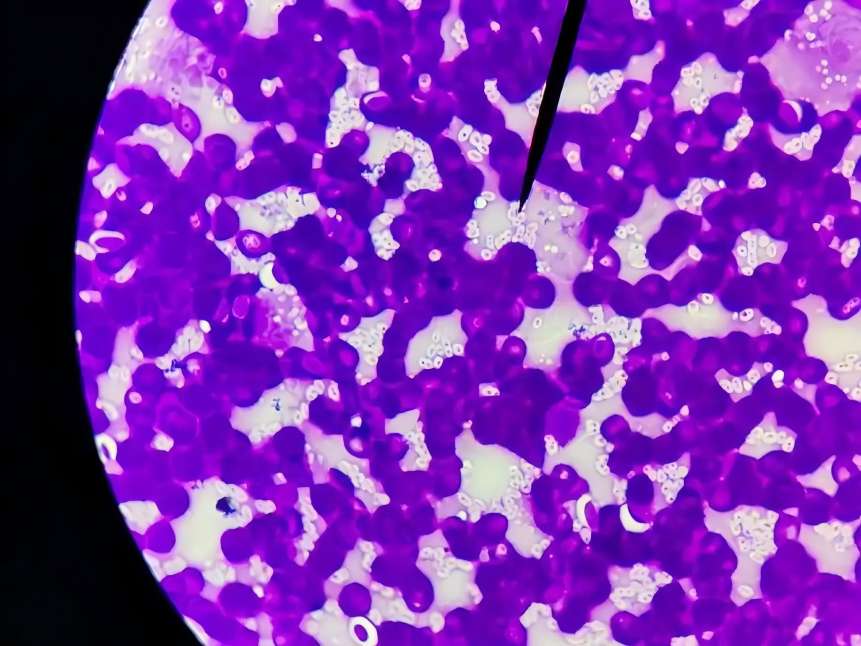
2 Applications of Hyaluronic Acid in Cosmetics
Since the 1980s, hyaluronic acid's exceptional moisturising properties have garnered significant attention within the global cosmetics industry. Presently, it is extensively incorporated into diverse cosmetic formulations, including creams, lotions, masks, serums, toners, lipsticks, and foundations across skincare and colour cosmetics. It is also commonly found in personal cleansing products such as shampoos, conditioners, and facial cleansers.
As an ideal natural moisturising ingredient, hyaluronic acid primarily functions in cosmetics to hydrate, lubricate, and condition the skin, enhancing both skin feel and product texture. In recent years, its application in facial rejuvenation products has also increased significantly, establishing it as a highly recognised functional ingredient in skincare formulations.
Green Spring Technology leverages advanced fermentation techniques to produce high-purity, stable cosmetic-grade hyaluronic acid powder. This premium ingredient meets diverse formulation requirements for skincare and colour cosmetics, empowering brands to develop safer, more effective products.
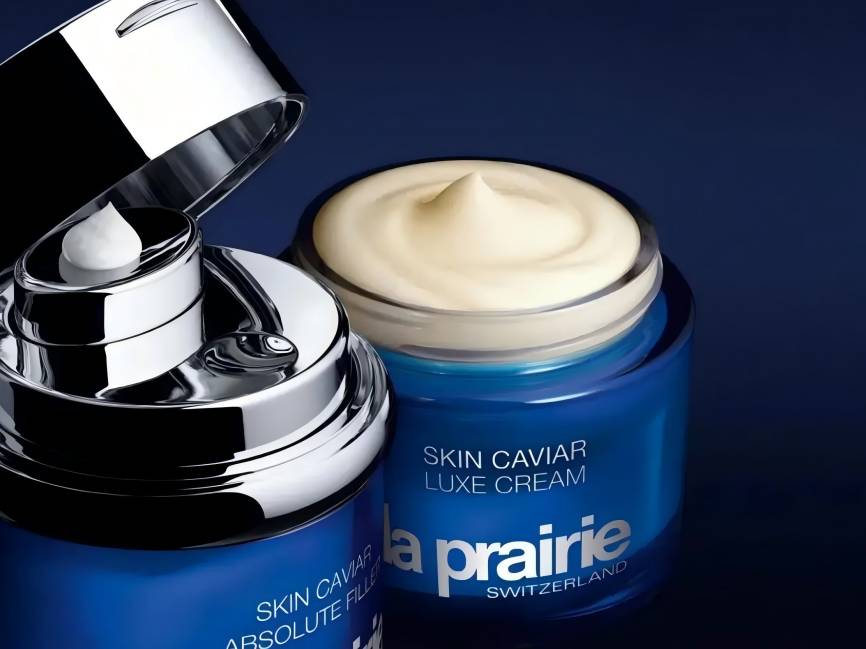
3 Applications of Hyaluronic Acid Powder in the Food Sector
Within China, hyaluronic acid ingredient is currently predominantly utilised in pharmaceuticals and cosmetics, with its application in food products still in its developmental phase. Following the 2021 national approval of sodium hyaluronate powder as a novel food ingredient, its application in both conventional foods and dietary supplements is gradually expanding.
Internationally, markets such as Japan and the United States have introduced diverse hyaluronic acid-containing foods, including capsules, tablets, and functional beverages. Domestic enterprises are progressively developing related products, driving innovative applications of hyaluronic acid within the food sector.
Green Spring Technology supplies food-grade, high-purity hyaluronic acid powder, characterised by excellent water solubility and stability. These are suitable for diverse food formats including beverages, solid drinks, gummies, and capsules, assisting enterprises in developing novel functional products aligned with market demands.
4 Applications of Hyaluronic Acid in the Medical Field
As a natural biomaterial, hyaluronic acid possesses excellent biocompatibility and degradability, establishing itself as a crucial raw material for numerous medical products.Its common clinical forms include sprays, gels, and membranes, extensively utilised in ophthalmology, orthopaedics, surgery, and other departments for adjunctive therapy and post-operative care.
Given its natural presence throughout human tissues, hyaluronic acid possesses high safety as a pharmaceutical ingredient and is now incorporated into numerous medical product developments and productions. Extensive clinical practices worldwide have advanced its standardisation and regulation within medical applications.
Green Spring Technology strictly adheres to pharmaceutical raw material standards, producing high-purity, safe, and compliant medical-grade hyaluronic acid powder. Our products exhibit stable performance and strong batch consistency, suitable for diverse medical applications including ophthalmic preparations, joint injections, post-operative anti-adhesion products, and wound care dressings. We provide safe and reliable raw material support for medical device and pharmaceutical enterprises.
5 Applications of Hyaluronic Acid in Pharmaceutics
5.1 Enhancing Pharmaceutical Formulation Stability
Hyaluronic acid and its derivatives demonstrate extensive application potential in drug delivery and formulation stability due to their excellent biocompatibility, controllable rheological properties, and diverse physicochemical characteristics. Research indicates hyaluronic acid can serve as a functional excipient to improve the physical stability of carriers such as liposomes, for instance, by maintaining particle morphology and distribution consistency during freeze-drying processes.
Furthermore, hyaluronic acid-based hydrogel systems have been developed to enhance the stability and retention properties of certain active ingredients, offering novel approaches for their application in complex formulation environments. As a naturally sourced, biodegradable polysaccharide, hyaluronic acid possesses significant advantages in constructing sustained-release systems and improving overall formulation performance, establishing itself as a key functional ingredient in pharmaceutical formulations.
Green Spring Technology supplies high-purity, safe, pharmaceutical-grade hyaluronic acid powder. Our products exhibit excellent film-forming properties, adhesion, and formulation stability, catering to diverse pharmaceutical development needs such as liposomes, gels, and sustained-release systems. We provide compliant, safe, and efficient formulation solutions for pharmaceutical enterprises.
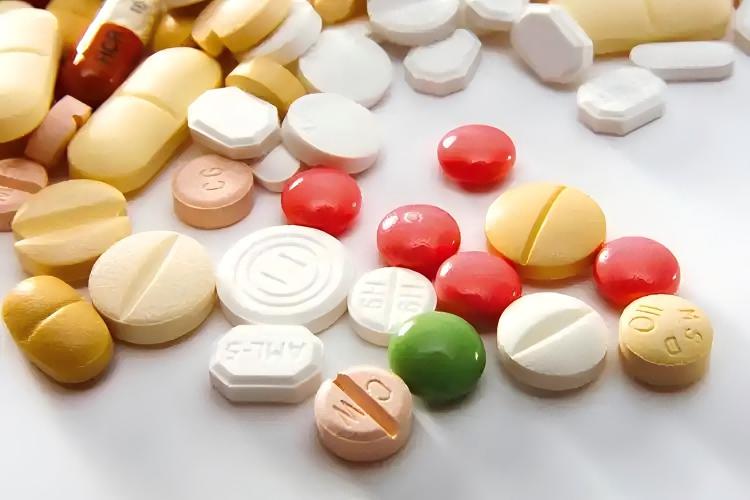
6 Applications of Hyaluronic Acid Powder in Biomaterials
As a natural biomaterial, hyaluronic acid exhibits excellent biocompatibility, degradability, and tunable physicochemical properties, finding extensive application in biomedical materials. Research indicates that hyaluronic acid-based materials demonstrate superior tissue compatibility and stable physicochemical behaviour in both in vitro and in vivo trials, making them suitable for diverse biomedical scenarios.
Through processes such as cross-linking and blending, hyaluronic acid can be processed into diverse forms including films, hydrogels, and porous scaffolds. It demonstrates excellent structural adaptability and functional versatility, offering rich material options for fields such as tissue engineering and regenerative medicine. It holds broad prospects in biomimetic material design and the development of novel medical materials.
Green Spring Technology is dedicated to supplying high-purity hyaluronic acid raw materials for the biomaterials sector. Our products feature controlled molecular weight and excellent process adaptability, enabling their extensive application in developing and manufacturing medical dressings, tissue engineering scaffolds, and regenerative medicine materials. We provide clients with safe, reliable, and compliant raw material support.
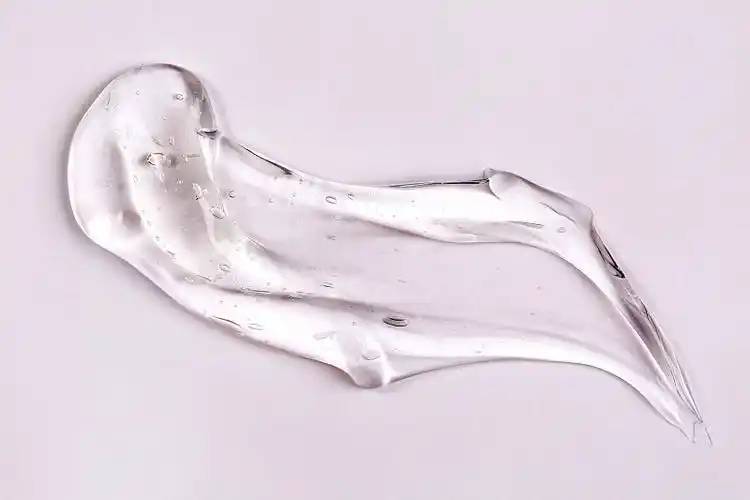
7展望
As a high-performance biomaterial, hyaluronic acid exhibits broad application prospects across pharmaceuticals, cosmetics, and food sectors. Its outstanding biocompatibility, moisturising properties, and degradability make it a crucial raw material for numerous high-value-added products. Although the industry currently faces common challenges in molecular weight control, product grading, and process maturity, the hyaluronic acid raw material market is poised for renewed development opportunities as technology advances and application demands expand.
Green Spring Technology specialises in providing high-quality hyaluronic acid powder solutions, offering products across food-grade, cosmetic-grade, and pharmaceutical-grade specifications. Through advanced fermentation processes and stringent quality control, we ensure high purity, stability, and batch consistency, helping enterprises address industry pain points such as reliance on imported high-molecular-weight materials, ambiguous grading standards, and process adaptation difficulties.

Leveraging localised production and sustained R&D investment, Green Spring Technology is committed to providing clients with stable supplies of cost-effective hyaluronic acid powder. This empowers enterprises to enhance product competitiveness while accelerating innovation development and marketisation processes.
Enterprises within the pharmaceutical, cosmetic, and food sectors are invited to contact Green Spring Technology to obtain product samples, technical documentation, and bespoke solutions. Please reach out via the following channels to explore collaboration opportunities and receive the latest quotation information. Please contact us at helen@greenspringbio.com or WhatsApp: +86 13649243917 now.
参照
[1] bai huiyu, xu jing, li huijun, et al。ヒアルロン酸の調製と応用に関する研究の進展[j]。^「広東化学工業」。広東化学工業(2010年). 2010年11月23日閲覧。
【2】宋雷、王騰飛。ヒアルロン酸研究の現状のレビュー[j]。^『仙台市史』仙台市教育委員会、2012年(平成24年)2月26日。
[3] chen yihan, ye rui, qian yue, et al。ヒアルロン酸の生化学的生産に関する研究の進展[j]。上海応用技術院誌,2012,12(2):1124。
[4] valarie l, bruce a . streptococcus pyogenesおよびstreptococcus equisimilis由来の組み換えヒアルロン酸合成酵素の精製と脂質依存性[j]。^ a b c d e『人事興信録』第4版、274頁。
[5] neuman mg、orua l、coto g、et al。ヒアルロン酸は、in vitroで皮膚細胞におけるエタノール誘導アポトーシスの修復を示す[j]。2010年Clin直し、43(10/11):822。
[6] ozgenel g, et6z a .屈筋修復後の腹膜癒着に対するヒアルロン酸反復注射の効果:予備的ランダム化プラセボ対照臨床試験[j]。2012年・ウルスTravmaだCerrahi Derg、18 (1):11 .
[7] balazs e a, laurent t c . round table discussion: new applications for hyaluronan [a]。laurent t . c . the chemistry, biology, and medical application of hyaluronan and its derivatives [m]。london: portland press, 1998: 325。
【8】江麗霞、王文彬。ヒアルロン酸およびその誘導体の医療への応用[j]。2010年中国日刊手術を受け、14(15):56。
[9] xu xin, shi danping, ye wenxi, et al。架橋ヒアルロン酸誘導体の調製の進展[j]。^ a b c d e f g h『化学工業』、2012年、39頁。
[10]汎宏美。ヒアルロン酸研究の現状の総説[j]。四川省の食品と発酵、2003年、1(8):67。
[11]呉Sufan。ヒアルロン酸の基礎知識と臨床応用[j]。2010年(平成22年)4月1日:ダイヤ改正。
[12] pang suqiu, zhou jinsheng, chen qiushuang, et al。ヒアルロン酸ナトリウムの臨床応用[j]。^『仙台市史』通史編5(通史編4)252頁。
[13] goto m, hanyu t, yoshio t, et al。ヒアルロン酸(si-6601d)の関節内注射により、関節痛と関節液プロスタグランジンe2値が改善:多施設共同臨床試験[j]。clin exp rheumatol, 2001, 19(4): 377。
-
Prev
Green Spring Technology's Comprehensive Standardized Pomegranate Peel Extract Ingredient Solution
-
次
Empower Your Dietary Supplement Formulations with Hyaluronic Acid


 英語
英語 フランス
フランス スペイン
スペイン ロシア
ロシア 韓国
韓国 日本
日本